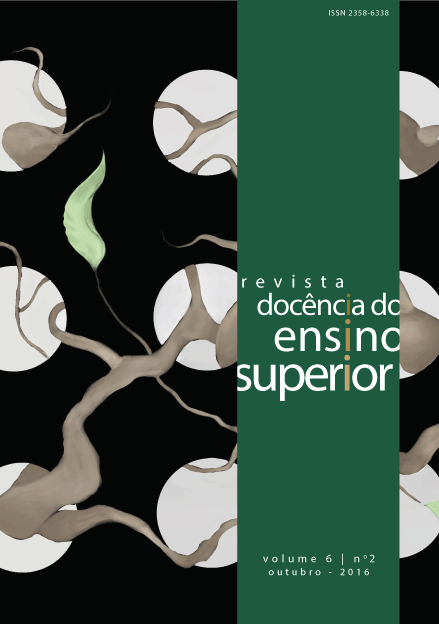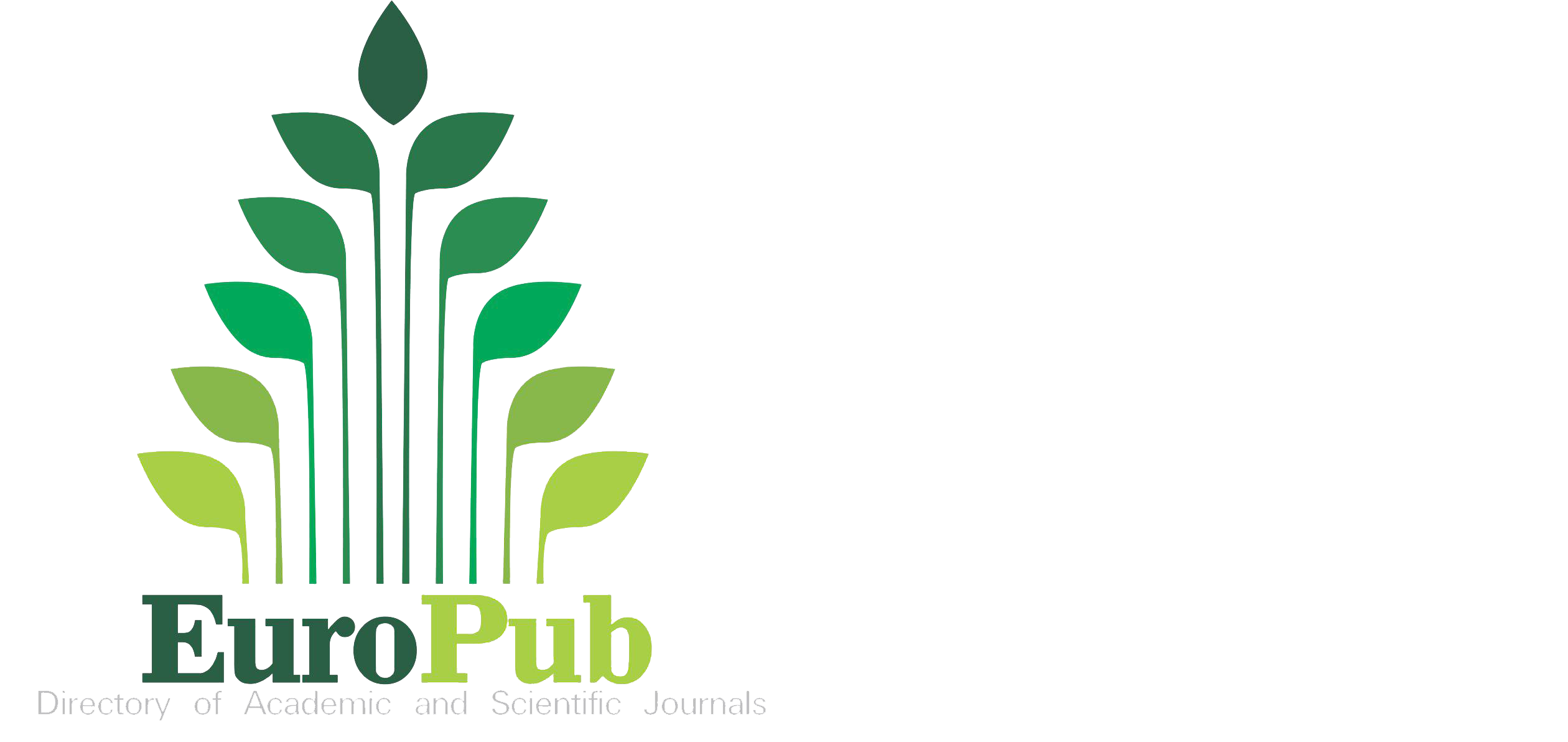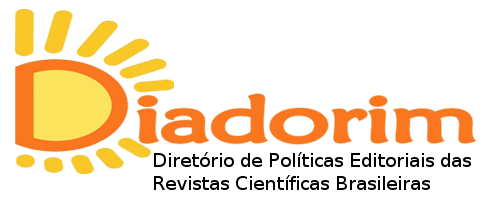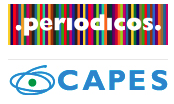Alternative equipment for the teaching of Chemistry for students with visual impairment
DOI:
https://doi.org/10.35699/2237-5864.2016.2106Keywords:
Alternative materials, Chemistry teaching, Inclusive educationAbstract
In this work, we report a didactic-pedagogical experiment conducted in a class of Instrumentation for Teaching of Chemistry from the Chemistry teaching program at the Federal University of Maranhão. For coursework final project, students should design and build small equipment to aid the teaching of chemistry to students with visual impairment. The class was composed of eight students who presented their equipment. One of the students excelled in implementing the activity, producing a single-pan scale and a liquid volume meter, which can be easily used by students with visual impairment. Herein, we demonstrate how the equipment was made and how they can be used, by following an experimental procedure proposed by the student from the Chemistry teaching program.
Downloads
References
CHRISPINO, A. Ensinando Química experimental com metodologia alternativa. Química Nova, v. 12, n. 2, p. 187-191, 1989.
FIELD’S, K. A. P.; CAVALCANTE, K. L.; MORAIS, W. C. S.; BENITE, C. R. M.; BENITE, A. M. C. Ensino de Química para deficientes visuais: sobre intervenção pedagógica em instituição de apoio. In: ENCONTRO NACIONAL DE ENSINO DE QUÍMICA, 16, 2012, Salvador, [Anais...]. Disponível em: <http://www.eneq2012.qui.ufba.br/modulos/ submissao/Upload/42492.pdf>. Acesso em: 25 jul. 2016.
GATTI, B. A.; BARRETO, E. S. S. (Coord.). Professores do Brasil: impasses e desafios. Brasília: UNESCO, 2009.
GAUCHE, R.; SILVA, R. R.; BAPTISTA, J. A.; SANTOS, W. L. P.; MÓL, G. S.; MACHADO, P. F. L. Formação de professores de Química: concepções e proposições. Química Nova na Escola, n. 27, p. 26-29, 2008.
GUIMARÃES, C. C. Experimentação no ensino de Química: caminhos e descaminhos rumo à aprendizagem significativa. Química Nova na Escola, v. 31, n. 3, p. 198-202, 2009.
MACIEL, A. P.; LIMA, J. B. Alternativas para o ensino de química na educação básica: a experiência no cotidiano da docência em química. São Luís: EDUFMA, 2011.
MALONE, L.; LUCCHI, L. Multisensory science education: meeting special challenges. In: CORRICK, B. (Org.). Teaching handicapped student’s science. Washington: NEA, 1981.
MINER, D. L.; NIEMAN, R.; SWANSON, A. E. B.; WOODS, M. Teaching Chemistry to students with disabilities: a manual for high schools, colleges, and graduate programs. 4th Edition. American Chemical Society, Washington, D.C., 2001.
NEPOMUCENO, T. A. R.; ZANDER, L. D. Uma análise dos recursos didáticos táteis adaptados ao ensino de ciências a alunos com deficiência visual inseridos no ensino fundamental. Revista do Instituto Benjamin Constant, Rio de Janeiro, v. 1, n. 58, p. 49-63, 2015.
PONTES, A. N.; SERRÃO, C. R. G.; de FREITAS, C. K. A.; dos SANTOS, D. C. P.; BATALHA, S. S. A. O ensino de Química no nível médio: um olhar a respeito da motivação. In: ENCONTRO NACIONAL DE ENSINO DE QUÍMICA, 14, 2008, Curitiba [Anais...]. Disponível em: <http://www.quimica.ufpr.br/eduquim/eneq2008/resumos/R0428-1.pdf>. Acesso em: 25 jul. 2016.
SÁ, E. D.; CAMPOS, I. M.; SILVA, M. B. C.; Atendimento educacional especializado em deficiência visual. Brasília: MEC; SEESP, 2007.
Downloads
Published
How to Cite
Issue
Section
License
Authors who publish in this journal retain the copyright and grant the journal the right of first publication, with the work simultaneously licensed under the Creative Commons Attribution License which allows the sharing of work with acknowledgment of authorship and initial publication in this journal.
Authors are authorized to take additional contracts separately, for non-exclusive distribution of the version of the work published in this journal (e.g. publish in institutional repository or as a book chapter), with acknowledgment of authorship and initial publication in this journal.
Open access policy:
Revista Docência do Ensino Superior is an Open Access journal, which means that all content is available free of charge, at no cost to the user or their institution. Users may read, download, copy, distribute, print, search, or link to the full texts of the articles, or use them for any other legal purpose, without seeking prior permission from the publisher or author, provided they respect the license to use the Creative Commons used by the journal. This definition of open access is in line with the Budapest Open Access Initiative (BOAI).
























